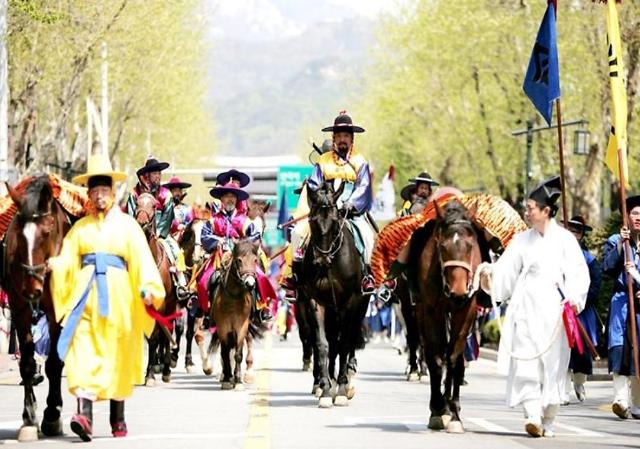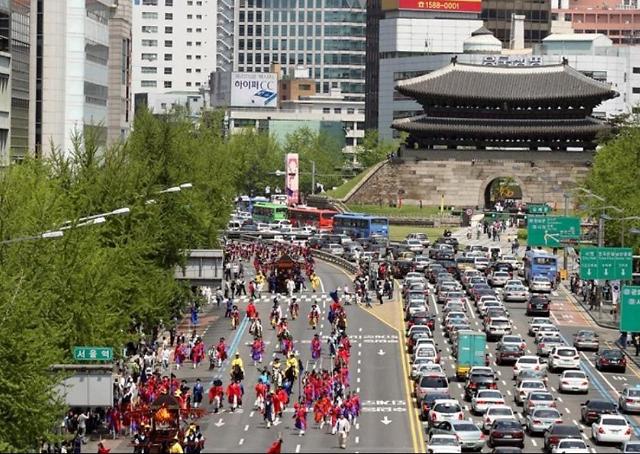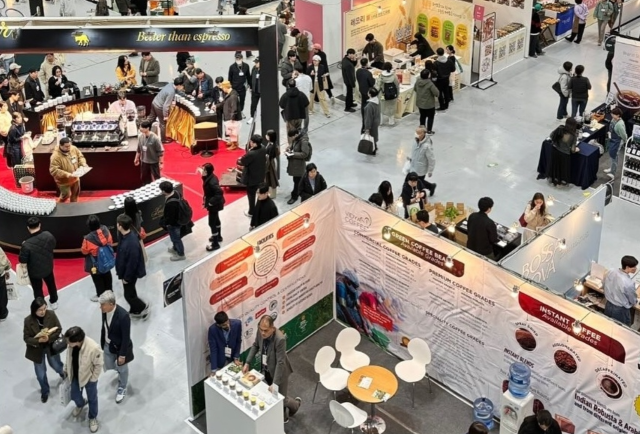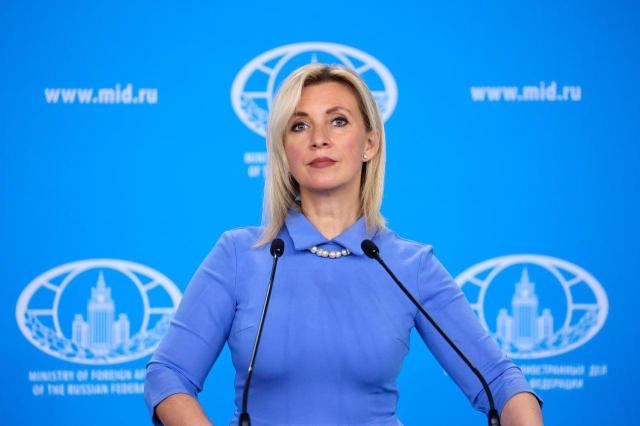
[Courtesy of VisitKorea.net]
A colorful royal parade will be reenacted this weekend in South Korea, covering the length of an Olympic marathon and showing a variety of traditional folk art performances and other events.
The two-day procession spanning a total of 42 kilometers (26 miles) will start Saturday from Changdeok Palace in central Seoul and finish at Hawseong Fortress, a UNESCO-designated cultural heritage site built by King Jeongjo, the 22nd monarch of the Joseon Dynasty (1392-1897).
During his reign, Jeongjo (1752-1800) had led solemn and lavish parades occasionally to the tomb of his father in Hwaseong, along with arriere-ban, in a confident display of his strong leadership.
The pilgrimage has been reenacted every year from 2007 to celebrate the history of Jeongjo and his filial piety, a value which is still highly revered in South Korea.

[Courtesy of VisitKorea.net]
This year's parade involving a total of 3,093 people and 368 horses will be the largest and longest ever, organizers said. "That will be the longest and largest parade ever to be held," Oh Cheon-suk, who heads Seoul's History and Cultural Heritage Division, told Aju News.
"So far, parts of the parade have not been reenacted," he said. "This year we will revive the entire procession to its original scale," he said.
About 900 people wearing Joseon Dynastic costumes and 120 horses are ready to form the initial relay that will stop in a riverside park to cross a bridge comprised of wooden boats into a small island in the middle of the Han River that runs through Seoul.
On the island, Seoul city mayor Park Won-soon, seen as a potential candidate in next year's presidential election, will be dressed up in a traditional robe to chair a ceremony, followed by the recreation of traditional markets and exhibitions.
At each relay point from Seoul and the southern city of Suwon, traditional rituals and other events are in store. And the procession will be finished in Hwaseong with a lantern festival, martial arts performances and traditional markets to revive a night-time military training led by King Jeongjo in the fortress.
Along with King Sejong who invented the Korean alphabet, Jeongjo is recounted and respected by many Koreans as one of the greatest and visionary monarchies in the feudal kingdom of Joseon.
Jeongjo achieved a cultural and industrial renaissance during his 24 years on the throne, making various attempts to reform the kingdom and improve the livelihoods of his people.
Performances to commemorate Jeongjo's passion and love of grass roots will take place during the parade. Actors dressed up as peasants in need will rush against the king asking for help. Jeongjo, played by an actor, will personally set out to help them.
At some points in Suwon, which used to be a walled city, the parade will hand out rice grain packs to onlookers to reenact the scene of King Jeongjo handing out rice to poor peasants.
Throughout his monarchy, the king was under the constant threat of assassination from opposing courtiers. Two assassination attempt will be revived with assassins appearing among onlookers to fight with royal palace guards.
Some experts see Jeongjo's strong leadership as a reflection of his childhood experience. His father Sado Seja, then the crown prince, was deposed by his own father, King Yeongjo, and was confined to a rice chest where he starved to death at the age of 28.
The filicide has often become the subject of many TV dramas and movies in South Korea.
Aju News Park Sae-jin and Lim Chang-won




